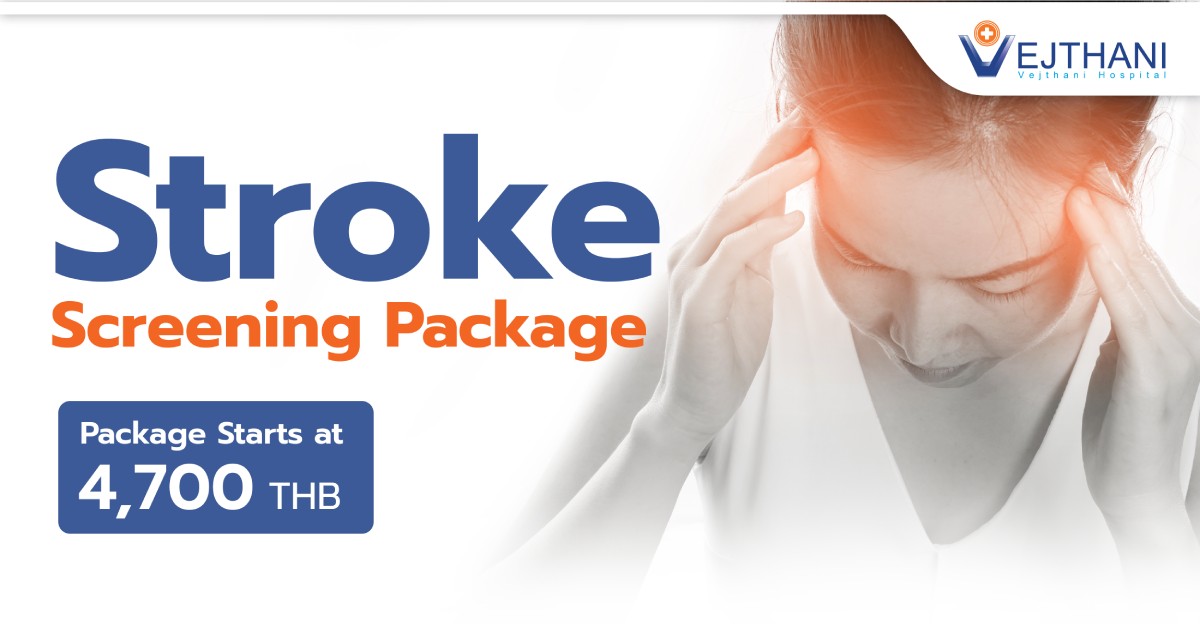
Robotic Surgery
Overview
Robotic surgery, also known as robotic-assisted surgery, employs advanced technology to improve the capabilities of surgeons, enabling them to operate in challenging anatomical regions through small incisions. This technology enables precise movements and enhanced magnification, allowing for greater precision, flexibility, and control in performing complex procedures. Typically associated with minimally invasive surgery performed through tiny incisions, robot-assisted surgery is also utilized in certain traditional open surgical procedures.
The specialized technology is consisting of the following:
- Mechanical arms: Small devices with wrists at the tips of surgical arms.
- Special camera: A specialized camera that offers better, enlarged three-dimensional views of the surgery site.
- Surgical console: A surgical console that allows the surgeon to manipulate the camera and equipment in real time.
This kind of procedure is carried out by a surgeon who has completed robotic-assisted surgery training. Trainings in robotic and minimally invasive surgery are used by certain surgeons to further their professional training.
There are numerous procedures that are suitable for robotic surgery. Urologists, gynecologic surgeons, general surgeons, cardiothoracic surgeons, and colorectal surgeons regularly utilize the procedure.
Not everyone is a candidate for robotic surgery. Discuss with your healthcare provider the advantages and disadvantages of robotic surgery as well as how it measures up against alternative methods like traditional open surgery and other minimally invasive surgical approaches.
Reasons for undergoing the procedure
When compared to traditional techniques, surgeons who utilize the robotic system report that it improves precision, flexibility, and control throughout various surgeries and improves their ability to see the site. Surgeons can carry out complex and delicate procedures that would be challenging or impossible with other techniques.
Minimally invasive surgery is frequently made possible by robotic surgery. Minimally invasive surgery has the following advantages:
- Faster recovery and a shorter hospital stay
- Less apparent smaller scars
- Less blood loss and pain.
- Prevent surgical site infection.
- Reduced complications.
Robotic surgery can address conditions affecting the heart, digestive system, bladder, prostate, and other areas of the body.
Risk
Risks associated with robotic surgery include a slight chance of infection and other complications, some of which may be comparable to those associated with traditional open surgery.
The following are disadvantages of robot-assisted surgery:
- Exclusively accessible at facilities with particularly qualified surgeons and the means to purchase the equipment.
- If problems arise, your surgeon might have to switch to an open surgery with more incisions. These include surgical scars from prior procedures that pose challenges for robotic technology to overcome.
- Risk of nerve compression and injury.
- Robotic failure, which is very uncommon.
Procedure
The procedure will be performed by your surgeon using methods that are similar to open surgery. The primary distinction is the method your surgeon uses to enter the operative site. Your surgeon creates little incisions as instead of large ones. The fact that surgical instruments require less room to function is an additional difference. This lessens the necessity of forcing your organs and muscular tissue aside.
The following happens when performing robotic surgery:
- Your surgeon creates a small incision or several in the beginning.
- Your surgeon places ports (thin tubes) through these incisions. Instruments are subsequently inserted through these ports, to which the robot is attached.
- An endoscope, or long, thin camera, is inserted into one of the ports. Throughout the procedure, the camera produces 3D photos with excellent quality.
- The surgeon can do the procedure by inserting surgical instruments through the other ports.
- Sitting at a console a few feet away from you, your surgeon operates the robotic/mechanical arm.
- A support person remains by your side to assist the surgeon in changing the instruments as needed.
Outcome
Its ability of the robotic surgery to do the procedure with fewer incisions is one of its primary benefits.
Additional benefits of robotic surgery consist of:
- Precision: Compared to a human hand, the robotic arm moves with greater precision. Additionally, they may move farther. Instruments in confined places can be rotated in ways not conceivable without the arms.
- Visualization: A high-tech camera delivers high-definition, magnified images of the surgery field. Additionally, it can image in three dimensions better than the human eye can.
- Ability to do surgery: Traditionally, surgeons would have needed to make a much wider incision to complete that part of the process outside of your body, but now, because of small instruments, they can complete certain parts of the operation inside of your body.
Recovery time is significantly reduced. Depending on the kind of procedure you had and your general health, you could:
- As soon as the anesthesia wears off, able to get out of bed.
- Be able to eat a few hours after the procedure.
- Return home the same or following day.
Here are personalized home care instructions tailored to your specific procedure:
- Rest and recovery: Follow your surgeon’s recommendation to take it easy for a few days or as advised. Gradually resume everyday activities at your own pace.
- Driving: If you’re not taking prescription pain medications, you can consider driving when you feel comfortable and confident.
- Avoid heavy lifting: Refrain from lifting heavy objects until you’ve had a follow-up appointment with your doctor. This helps prevent strain or complications during the healing process.
- Monitor for Infection: Keep a close eye on your incision site for any signs of infection.
- Medication management: Using medication to manage pain or relieve constipation.
Remember to follow these instructions diligently to support a smooth and successful recovery process. If you have any questions or encounter any unexpected symptoms, don’t hesitate to reach out to your medical team for guidance and assistance.
Follow-up visits should be part of your care to monitor your progress. Make quick contact with your healthcare provider if you encounter:
- The presence of blood-soaked dressings may indicate severe bleeding.
- Infections that result in a fever or a discharge from your wound.
- Pain that is unresponsive to treatment.
- Symptoms of blood clots, such as unusual leg or groin swelling.
- Throwing up and having trouble staying hydrated
Contact Information
service@vejthani.com






















